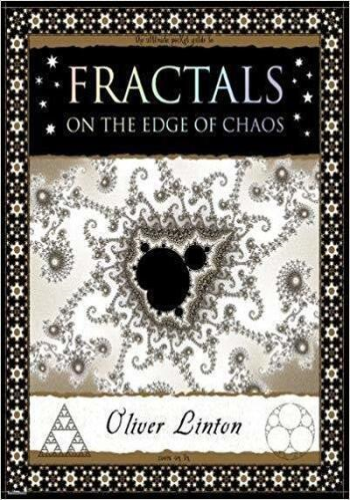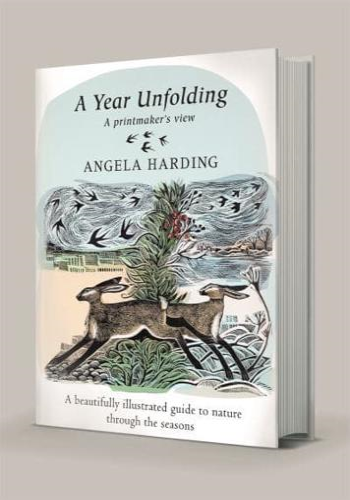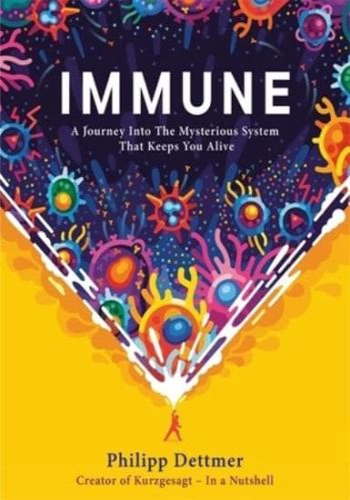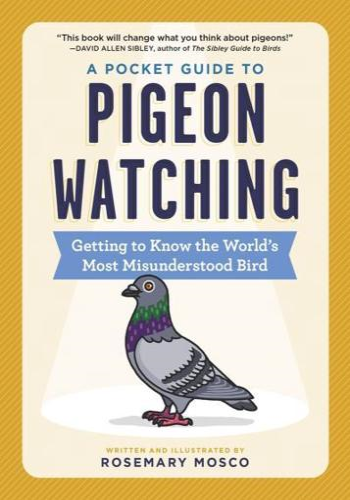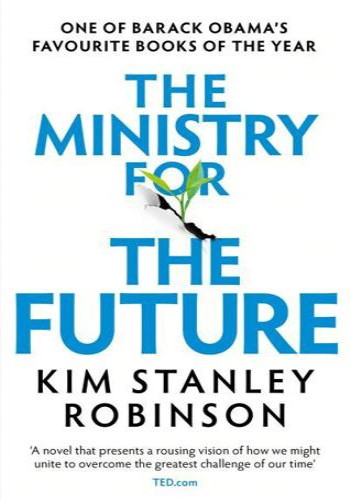Chapter 1: Prelude to Fractals
* Introduction to fractals, their definition, and basic properties.
* Historical development of fractal geometry, from the early work of Mandelbrot to recent advances.
* Example: The Koch snowflake, a classic example of a fractal with infinite perimeter and finite area.
Chapter 2: Fractal Dimensions
* The concept of fractal dimension and its measurement using various methods.
* Methods for calculating fractal dimensions, including the box-counting method and the correlation dimension.
* Example: Measuring the fractal dimension of a coastline, which reveals its complexity and irregularity.
Chapter 3: Fractals in Nature
* Fractals as a common phenomenon in nature, from coastlines to mountains.
* Applications of fractal geometry in understanding natural phenomena, such as the branching of trees and the distribution of stars.
* Example: TheFractal landscape of a mountain range, demonstrating the self-similar patterns at different scales.
Chapter 4: Fractals in Mathematics
* Mathematical foundations of fractals, including Cantor sets, Julia sets, and Mandelbrot sets.
* The use of complex numbers in the generation of fractal patterns.
* Example: The Mandelbrot set, a complex and visually striking fractal that has captured the attention of mathematicians and artists alike.
Chapter 5: Fractals in Art
* The emergence of fractals in the arts, especially visual arts and computer-generated imagery.
* The use of fractal algorithms to create realistic natural scenes in films and video games.
* Example: The computer-generated imagery in the film "Jurassic Park," which used fractal techniques to create realistic dinosaurs and landscapes.
Chapter 6: Fractals in Science and Engineering
* Applications of fractals in various scientific and engineering fields, such as physics, chemistry, and computer science.
* Fractal analysis in studying complex phenomena, such as turbulence and diffusion.
* Example: The use of fractal models to optimize antenna design and improve signal transmission.
Chapter 7: The Science of Complexity
* Fractals as a powerful tool for understanding complex systems in nature and society.
* The role of fractals in studying phenomena such as turbulence, chaos, and self-organization.
* Example: The fractal structure of human lungs, which optimizes gas exchange and improves respiratory efficiency.
Chapter 8: Fractals and the Future
* The ongoing development of fractal geometry and its potential applications.
* Fractals as a source of inspiration and innovation in science, technology, and the arts.
* Example: The use of fractal algorithms in developing new materials with unique properties and applications.


